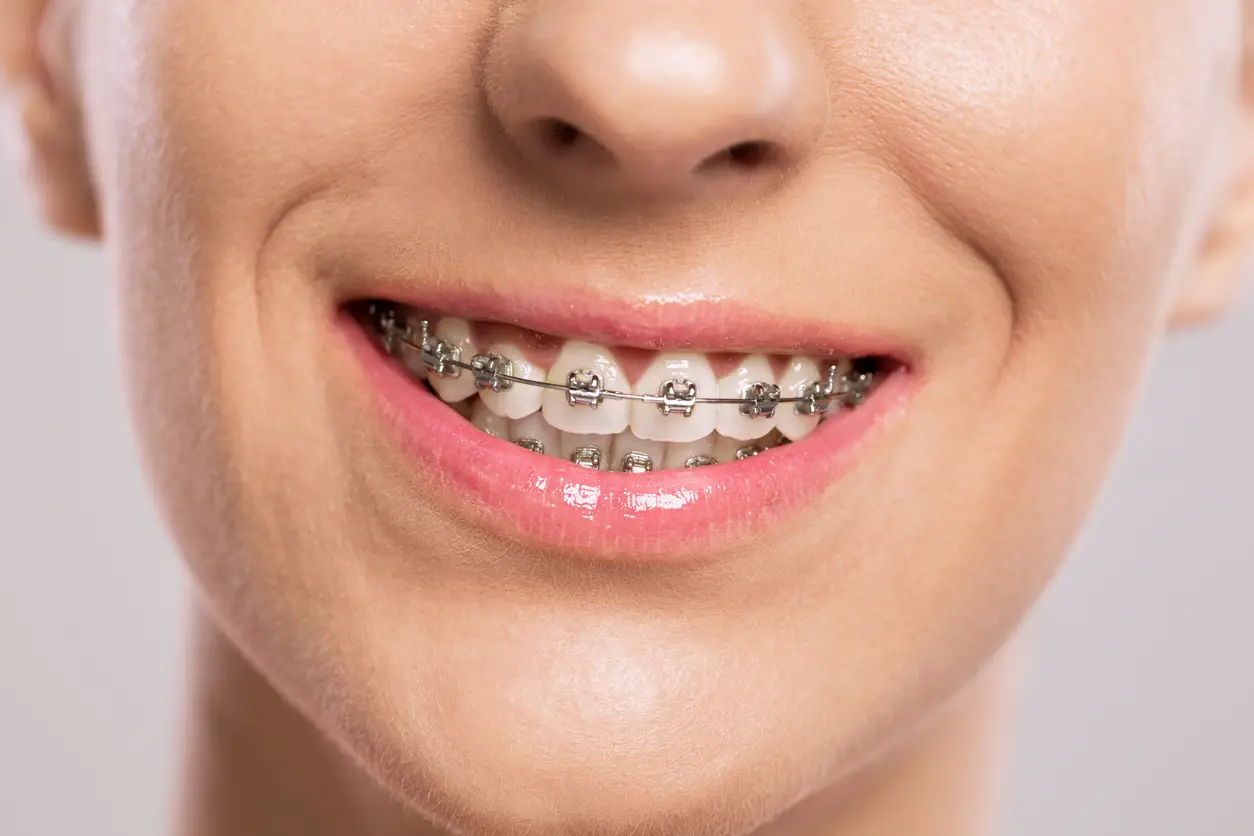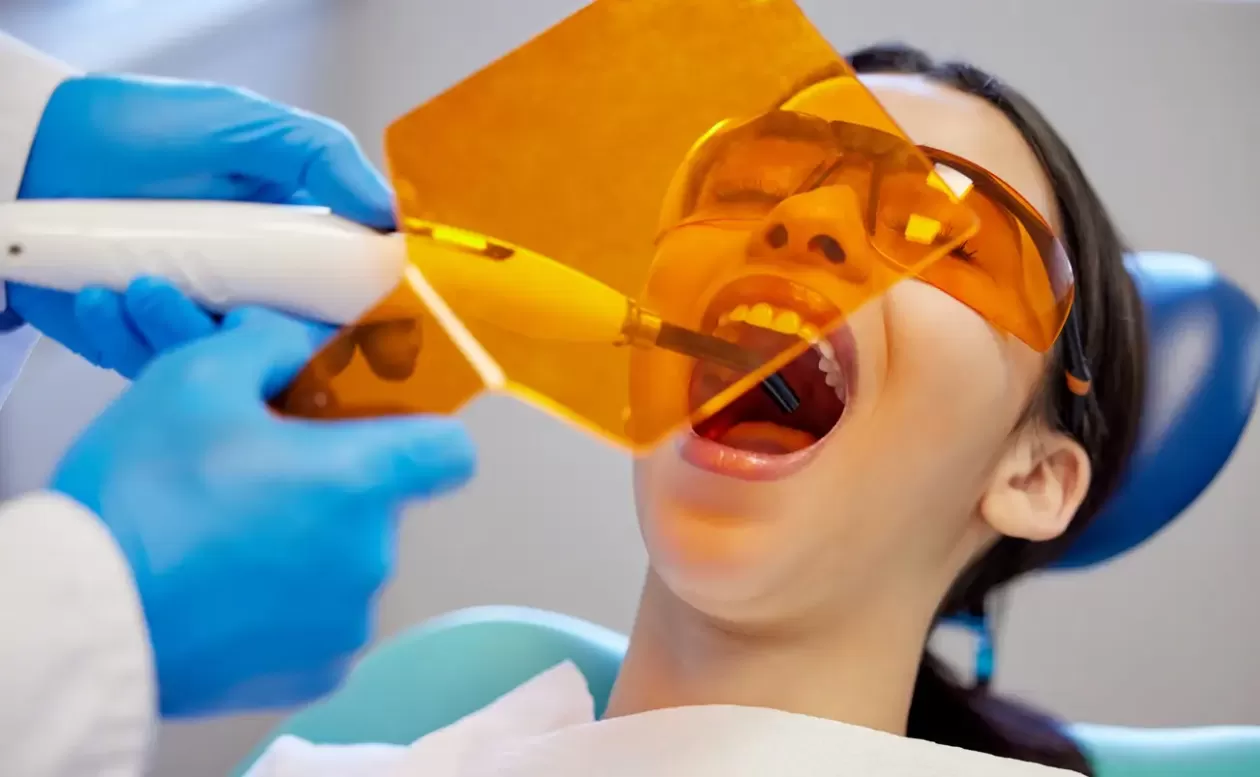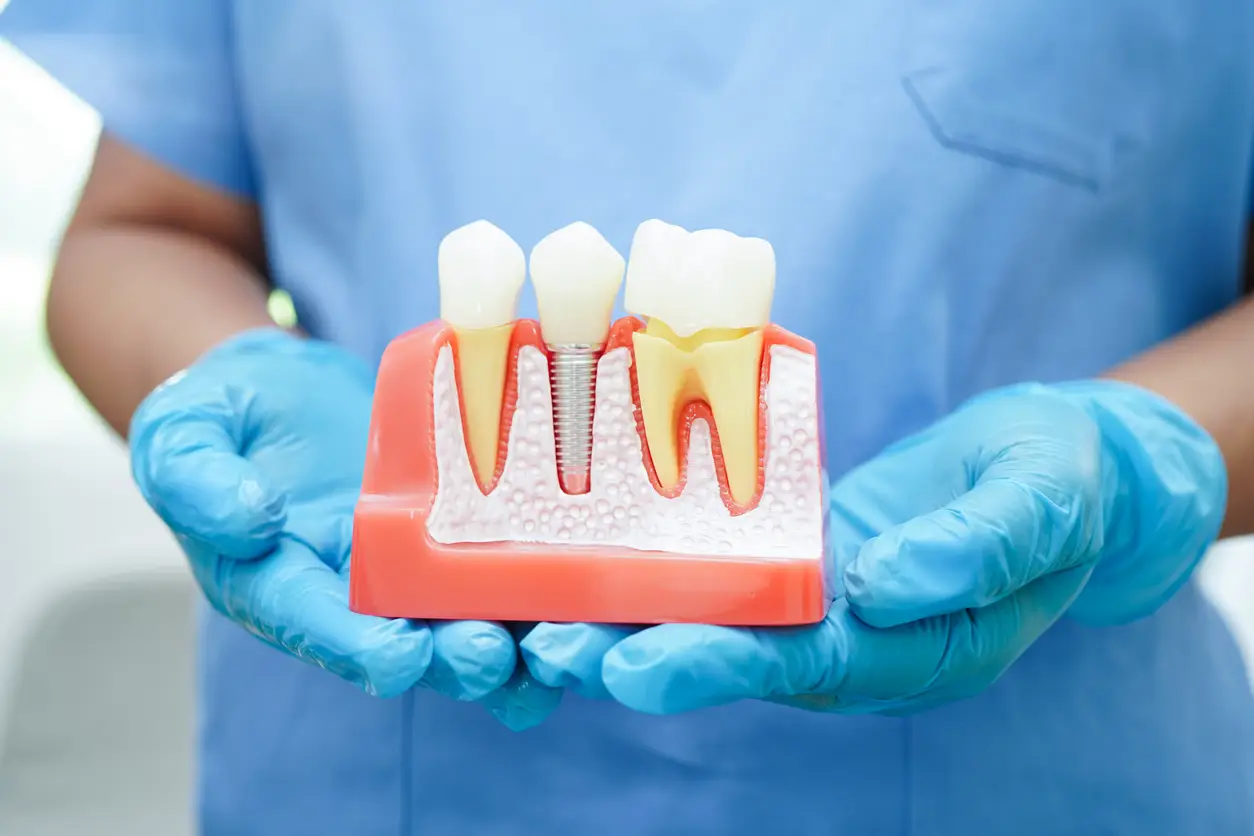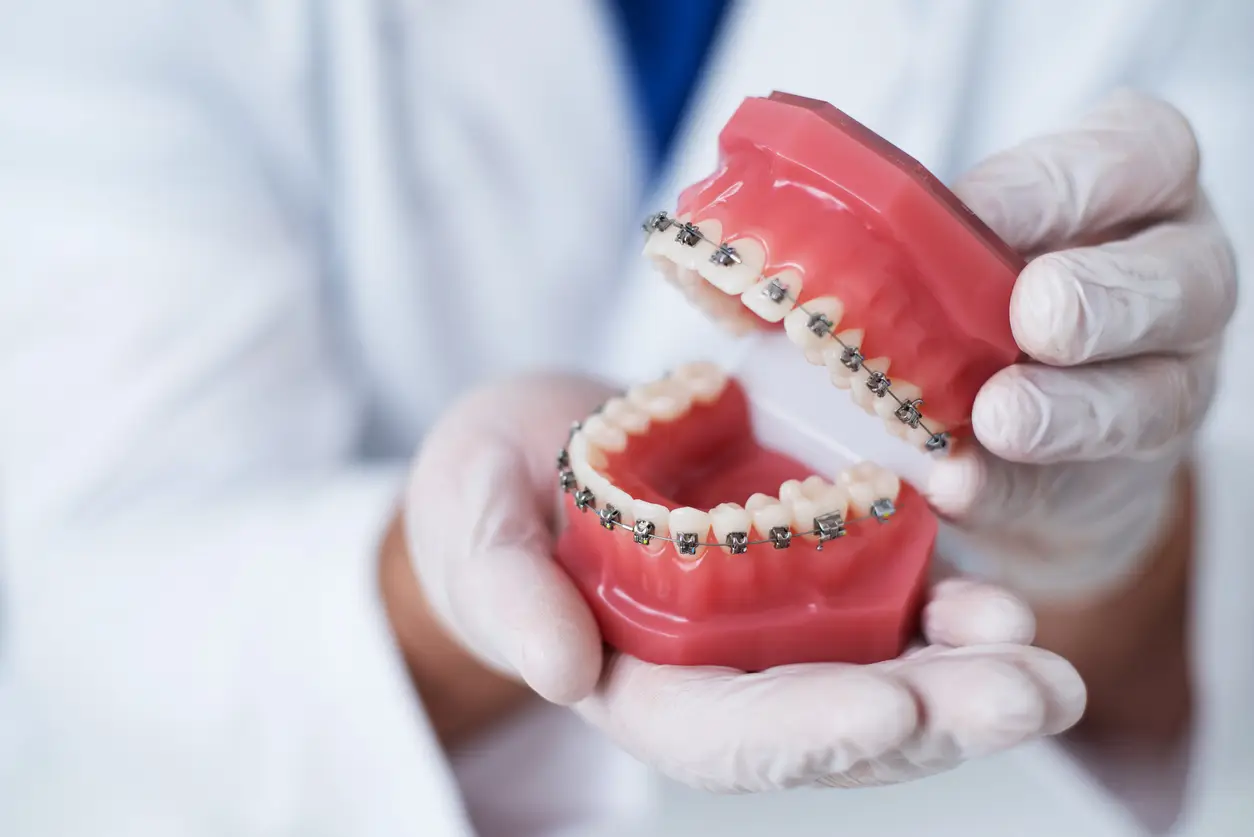West Hollywood orthodontics, the specialized field dedicated to improving dental alignment and bite functionality, offers more than just a beautiful smile. Beyond its cosmetic allure, straightening teeth under the guidance of orthodontists provides a myriad of health advantages crucial for overall oral health.
These dental specialists, known as orthodontists, are experts in diagnosing, preventing, and treating misaligned teeth and jaws. They employ various methods such as braces, aligners, and retainers to correct dental misalignments, ensuring a functional bite and optimal oral health for their patients.
Let’s examine the numerous health advantages of teeth straightening:
Improved Oral Hygiene:
Misaligned teeth can create challenging-to-reach spaces where food particles and plaque accumulate, elevating the risk of tooth decay and gum disease. When teeth are straightened and orthodontic treatment is completed, it becomes easier to maintain good oral hygiene, which lowers the risk of dental problems.
Reduced Risk of Gum Disease:
Crooked or crowded teeth may cause improper fitting of gums around teeth, increasing vulnerability to gum disease. The likelihood of periodontal issues is reduced and healthier gums are promoted by properly aligned teeth, which are made possible by orthodontic treatments.
Prevention of Tooth Wear:
Irregular tooth alignment may lead to uneven pressure during chewing, resulting in excessive wear on certain teeth. When teeth are aligned, pressure is distributed uniformly, reducing the likelihood of damage and premature wear.
Improved Chewing and Digestion:
Properly aligned teeth aid in efficient chewing, facilitating the breakdown of food for easier digestion and enhanced nutrient absorption, contributing to overall better health.
Enhanced Speech:
Teeth misalignment can impact speech clarity. Teeth alignment can enhance speech patterns and pronunciation, which will benefit communication.
Reduced Jaw Strain and TMJ Issues:
Misaligned teeth can strain the jaw and lead to discomfort or temporomandibular joint (TMJ) disorders. Such problems are alleviated by orthodontic treatment, which lessens strain on the jaw joints.
Boost in Confidence:
Straightening teeth not only brings health benefits but also enhances aesthetics, boosting self-confidence and fostering a positive self-image.
With their specific knowledge and experience, orthodontists are essential in diagnosing individual situations, creating personalized treatment programs, and assisting patients with the process of straightening their teeth. They offer appropriate treatment alternatives, such as clear aligners, traditional braces, or other orthodontic products, after taking into account a number of criteria, including bite alignment and tooth location.
Can Wearing Braces Benefit Your Long-Term Dental Health?
The choice to have orthodontic treatment, such wearing braces, goes beyond only straightening one’s teeth while undergoing the procedure. It also has important long-term dental health effects. While straightening teeth and correcting misalignments is the primary objective of braces, they also have many long-term advantages for general oral health.
Prevention of Dental Issues:
Braces play a pivotal role in preventing various dental issues that can arise from misaligned teeth. Misalignments can result in consequences like gum disease, tooth decay, and even issues with the jaw joint if they are not corrected. Braces lower the chance of these possible problems by correctly aligning teeth, enhancing long-term dental health.
Facilitation of Proper Oral Hygiene:
Misaligned teeth create spaces that are difficult to clean thoroughly, making it challenging to maintain proper oral hygiene. Gum disease, cavities, and plaque accumulation may arise from this over time. Braces progressively realign teeth, making it easier to brush and floss, improving oral hygiene habits in the process. The chance of developing dental issues in the future is greatly reduced by this better cleanliness.
Improved Functionality and Comfort:
Beyond aesthetics, properly aligned teeth achieved through braces offer improved functionality and comfort while biting, chewing, and speaking. This improvement in oral function has a beneficial effect on general wellbeing in addition to long-term dental health.
Stability and Longevity:
After braces treatment, retainers are often prescribed to maintain the newly aligned teeth. Retainer use on a regular basis helps maintain the stability of the aligned teeth by preventing them from moving back to their original locations. This promotes long-term dental health and guarantees the effects of the treatment will last.
When is Orthodontic Dental Care Medically Necessary?
Orthodontic therapy is frequently linked to better smile aesthetics, but in certain cases, treating particular dental problems that can have an impact on oral health and general well-being becomes medically required. Orthodontic care is necessary for a number of oral health disorders that need to be addressed for reasons that are functional or health-related, rather than just aesthetics.
Malocclusion and Bite Irregularities:
Malocclusion is the term for jaw and tooth misalignments that can make it difficult to chew, speak, or take care of your teeth properly. Severe overbites, underbites, crossbites, and open bites can have an impact on a person’s ability to eat comfortably and keep their oral health in addition to the appearance of their smile. In these situations, orthodontic treatment is required by medicine to straighten out the bite irregularities and avoid any long-term issues.
Jaw Misalignments:
When the upper and lower jaws do not align properly, it can result in discomfort, difficulty chewing, and even breathing issues. In order to improve functioning and oral health generally, it may be required to use orthodontic procedures such as braces, expanders, or other corrective devices to properly align the jaws.
Tooth Crowding and Spacing Issues:
Crowded or widely spaced teeth not only impact the appearance of a smile but also pose challenges for proper oral hygiene. Too many teeth in one place or too many teeth spaced apart can raise your risk of gum disease, tooth decay, and other dental issues. By addressing these problems, orthodontic therapy can improve the condition of the teeth and gums.
Impacted Teeth:
Impacted teeth are those that are either lodged under the gum line or prevented from emerging fully. In addition to causing pain and suffering, this disorder may harm neighboring teeth. To clear room for the impacted teeth or move them into their ideal locations, orthodontic treatment may be required in order to avoid issues and maintain dental health.
Temporomandibular Joint Disorders (TMD):
Temporomandibular joint disorders affect the jaw joint and muscles that control jaw movement. Misaligned jaws or teeth can occasionally exacerbate the symptoms of TMD. By realigning the bite, orthodontic treatment can reduce jaw joint strain and the associated problems with TMD.
Facial Trauma or Developmental Abnormalities:
Facial trauma or developmental abnormalities can impact the alignment of teeth and jaws. In order to ensure optimal oral function and enhance the overall shape of the face, orthodontic procedures can be required to repair these structural anomalies.
Discover Your Perfect Smile with Personal Dental Office – The Best Orthodontist Los Angeles!
Are you seeking the finest West Hollywood orthodontics? Look no further than Personal Dental Office, where we redefine smiles and transform lives!
Book your consultation now and embark on the journey to achieving the smile of your dreams. Give us a call or visit our website to schedule your appointment and discover why we’re renowned for providing the best Los Angeles orthodontics.
Share This Article.
Related Posts
Recent Posts
Our Hours
| Monday | 8:30 – 5:30 |
| Tuesday | 8:30 – 5:30 |
| Wednesday | 7:30 – 5:30 |
| Thursday | 8:30 – 5:30 |
| Friday | 8:30 – 5:30 |
| Saturday | Closed |
| Sunday | Closed |
Serving the Communities of Beverly Hills, West Hollywood, & LA and the Neighborhoods of Mid-Wilshire & the Miracle Mile





